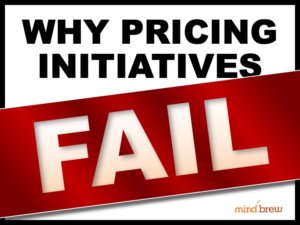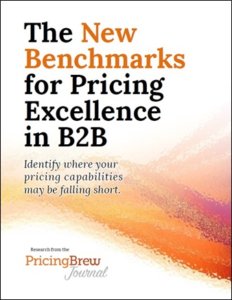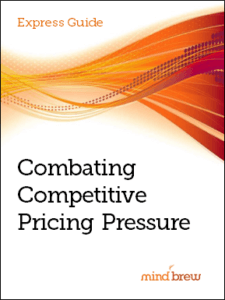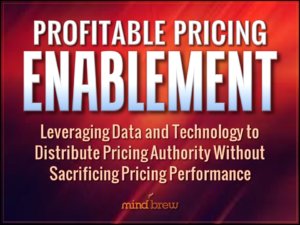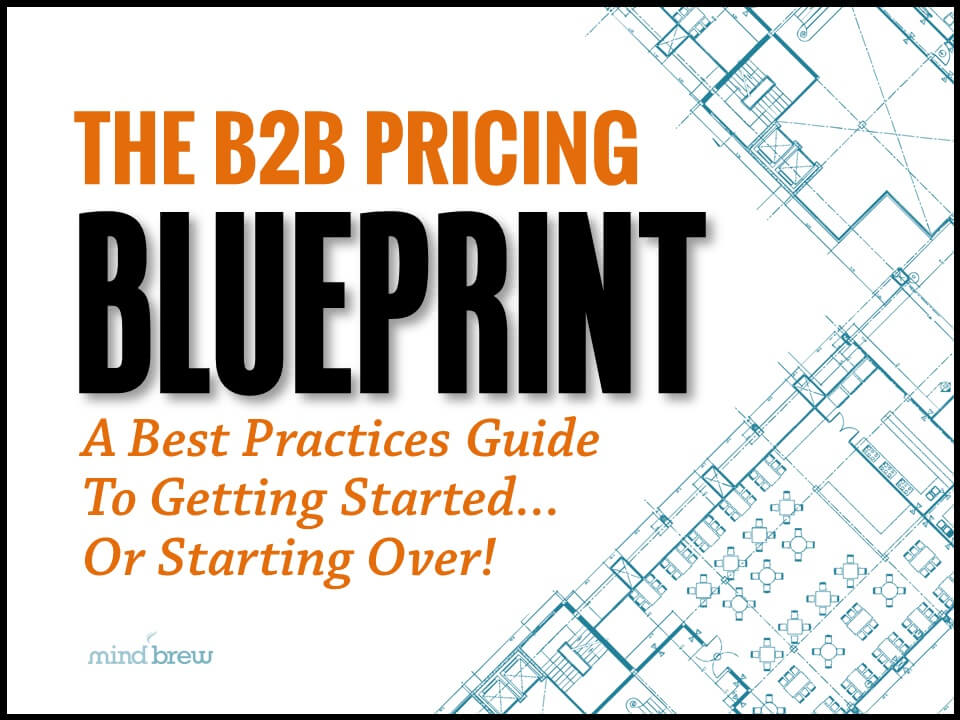Why is it that so many companies choose the path of least effectiveness when embarking on a pricing project? This path usually begins with analytics — report-centric, hindsight analytics, to be more specific. While there may be some value in knowing where you’ve been, backward-looking analytics provide almost no value when it comes to making better pricing decisions in the future. It’s amazing how many people miss this point.
To effectively set prices, you need a predictive model which forecasts price response in the market, not a static view into the past. Here are five reasons why the hindsight-analytics approach to pricing fails:
- Backward-looking. It’s not easy to execute on the findings from analytics. You may learn from analytics that a particular sales rep made a bad decision on a given price last quarter, but how do you prevent him or her from making the same mistake next week? Put another way, it’s one thing to spot a wrong price in the past, but it’s a very different thing to capture the right price in the future. A backward-looking approach allows you — and maybe even causes you — to make yesterday’s pricing mistakes over and over again.
- Front-loaded results. Let’s say you do find a few hidden problems, such as a bad price lurking in your matrix. When you fix that one price, you get a one-time margin bump. Hooray! But after fixing a handful of obvious problems, how do you continue to realize sustainable price improvements in the next quarter, and the next? Cumulative margin gains for analytics-driven “fixes” get smaller over time and eventually stop.
- Inability to guide your financial future. When you set out to fix a broken price, what’s the right price to fix it with? If your new price is too high or too low, what will happen to revenue and margin? Analytics can’t tell you that, so you’re left making pricing decisions in the dark without understanding the impact of those decisions on the P&L. All you’ve got is your gut instinct, and isn’t gut instinct mostly to blame for the pricing predicament you’re in right now?
- Overly general segmentation. Are you planning to put that one corrected price into the market for your entire business, or do you have proper price segmentation in place — one that identifies thousands of distinct price segments — so that you can surgically set the right price for each selling circumstance? Using one price for all segments, or setting prices for segments that are too broad or aren’t based on true price factors in your market, sets you up for a poor outcome because you will drive away some deals you would like to keep and leave money on the table for others.
- Too many people resources required. Even if you build a great analytics system with flashy graphs and gee-whiz calculations, how many pricing analysts will you need to scour those reports every month to set and update the proper prices for your business? Let’s say you have 100,000 SKUs in 46 sales territories; Seven customer types in 15 industry verticals…you’d probably need hundreds of analysts just to keep up with all the reports! That’s unrealistic for most businesses, which often leads them back to setting one price for all segments.
Will you continue to leave money on the table? Or, will you lose the sale as a result of being too aggressive? The analytics approach to pricing doesn’t tell you how to set and dynamically update prices, how to negotiate going forward, and more importantly how customers will respond to those prices your setting. Only a predictive approach to pricing can give you that insight.

